Find Villa By Name
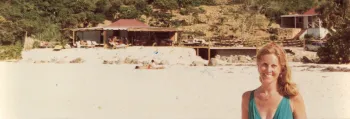
Saint Barthélemy is a picturesque volcanic island, only 8 miles in length, located in the eastern part of the Caribbean sea. How a tiny island with no arable land, no source of freshwater, which lacks a runway long enough to accommodate commercial jets became one of the most famous vacation spots in the world is a fascinating story.
In the first millennium the island was largely uninhabited due to its lack of freshwater, and arable land. Two tribes, the Taino and Arawak Indians spent time on the island on a seasonal basis, most likely using it as a base for fishing. The Arawak are thought to be the ones who gave St Barthelemy island (now commonly known as St Barths, or St Barts) its first name as "Ouanalao", which may refer to the iguanas that resided on the island.
When Christopher Columbus discovered the island in 1493, he named it Saint Barthélemy, after his younger brother Bartolomeo.
The French made the first attempt to settle in 1648. Colonization was encouraged by the French West India Company, and led to a small settlement on the island. The settlement was not a great success; in part because the St Barts has no source of freshwater, and has very little level ground for farming.
Two years later the island was sold to the Knights of Malta, who attempted to grow indigo and cotton, and developed salt farming, fishing, and livestock breeding programs. Their colony struggled, and in 1656 the Carib Indians destroyed the settlements, and the Europeans left the island.

While many islands in the Caribbean were colonized, St Barts remained part of France on paper for over 100 years. Because of this, the island was largely left alone by the European powers. The Carib Indians were the only inhabitants, and they may have only resided here on a seasonal basis.
It was not until 1763 that French mariners from Normandy and Brittany reclaimed the island. These hardy folk were subsistence farmers at best, and relied on fishing for most of their food. French buccaneers enhanced the economy by providing plunder taken from Spanish galleons.
During this time, tales arose of pirates holing up in the protected harbor of Gustavia, lying in wait for ships laden with goods bound for Spain. The adventures of this era later inspired the characters of Red Rackham and Captain Hook.
There was also Monbars the Exterminator, a famous buccaneer who maintained his headquarters in St. Barths. It is believed that he buried some of the treasure he won in raids somewhere on the island; either in the dunes of Gouverneur or Saline beaches.
The small population of French mariners and farmers found themselves continuously fighting for ownership of St. Barths. In 1744, the British took over the island, and held it for 20 years, until the French reclaimed it in 1764.
It’s clear that this arid, waterless island held little value to the French at this time, and King Louis XVI traded it to Sweden in 1784, in exchange for the right to operate a trading concession in the Swedish city of Gothenberg.
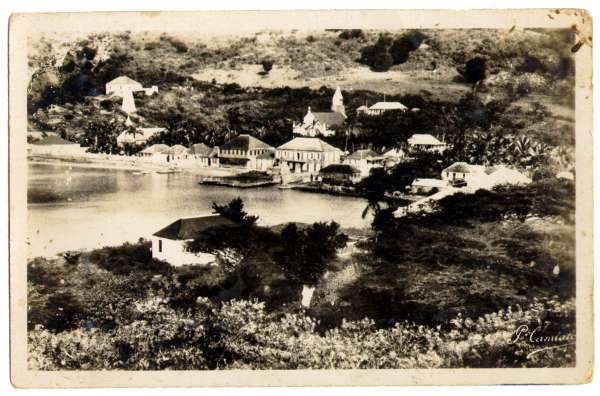
Sweden was late to the colonization of the new world, and St Barts gave it a told hold in the Caribbean. The Swedes set up St Barts as a tax-free port providing it with a trade and supply center. The port was renamed Gustavia to honor King Gustave III.
The island thrived economically. Vessels from all around the world would come to the port. Sea captains would sell their booty to traders based in St. Barths, as well as replenish their cargos. Business thrived, until a hurricane struck in 1852, which damaged the port's infrastructure, and weakened the economy.
In 1878, France finally reclaimed St. Barths by repurchasing the island from Sweden for a modest 320,000 francs. Fragments of St. Barths' fascinating Swedish history still remain on the island today, in the form of remaining "case" buildings, as well as the Swedish capital of Gustavia. You can still see street signs in Gustavia that bear both Swedish and French names.
In 1946, as France was shedding colonial possessions in the aftermath of WWI. The French Caribbean islands of Martinique and Guadeloupe, St Barths and St Martin were given the legal status of a Department of France with the same privileges and responsibilities as any of the Home Departments.
This is analogous to the Americans conferring statehood upon Hawaii. On 19 March 1946, the people of the island became French citizens with full rights. The citizens of St Barts were given French passports, and were expected to pay French taxes, and obey laws formulated in Paris.
The so-called modern era of the island was quietly ushered in during 1947 when pioneering Dutch aviator Rémy de Haenen (1916-2008) became the first person to land a prop plane in the sheep meadow behind St Jean Beach.
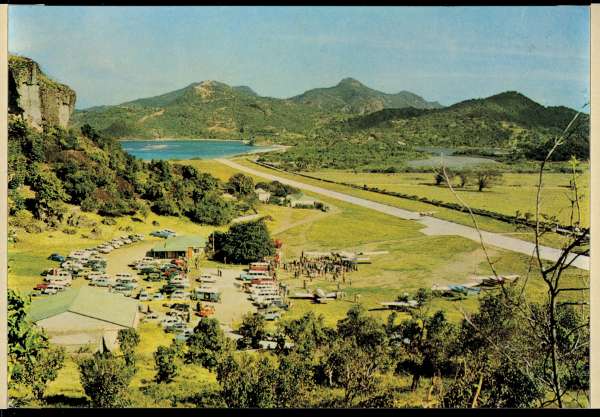
Tourism took hold when de Haenen opened Eden Rock hotel in 1950, a small hotel on a rocky point of land jutting out in St Jean bay. There Rémy hosted in-the-know celebrities looking to avoid the spotlight, welcoming Greta Garbo and Howard Hughes among others in those early years, and Billy Joel and Jimmy Buffett among others in later years. de Haenen operated the hotel until 1995 when he sold it to David Matthews from Britain.
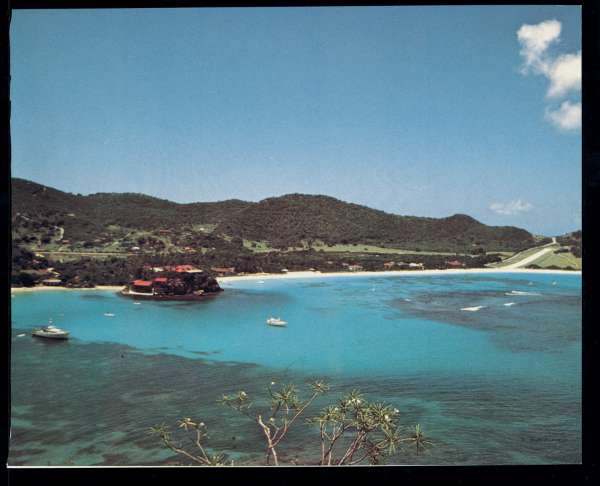
David Rockefeller, the longtime patriarch of the American oil dynasty bought waterfront property on Colombier beach in 1957, building a house there. That construction project was the most significant public works project in years, and provided important employment and income to many on the island.
Once he started vacationing in St Barts, word started to slowly spread in New York about this little piece of paradise in the Caribbean. Frenchman Benjamin de Rothschild followed, buying waterfront property in Marigot Bay in the late '60s. He built a sprawling estate complete with a private beach and coconut grove overlooking Marigot bay, and named it Girasol.
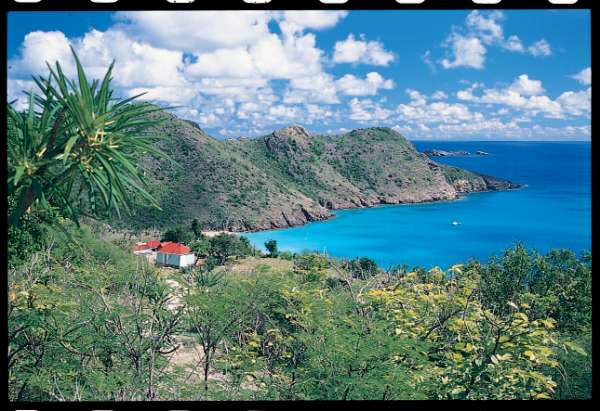
Since the 1970s, a steady stream of artists, musicians and actors have been holidaying in St. Barths. Mikhail Baryshnikov bought a villa in Lurin in 1972, the same year that Justin Collin, president of the American Ballet Theatre opened Les Castelets, a boutique hotel and fine dining destination in Gouverneur that attracted a celebrity clientele. In 1970, renowned ballet dancer Rudolf Nureyev came to St Barts to visit Baryshnikov. He fell in love with the island, bought a villa in Toiny on the Cote Sauvage, and named it La Maison Nureyev.
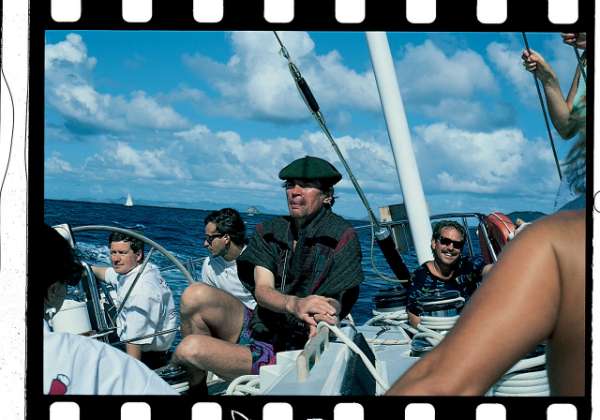
Lorne Michaels and two of his Saturday Night Live proteges, Steve Martin and Chevy Chase are no strangers to St. Barths. They were early devotees of the island, and started vacationing there in the late '70s.
Jimmy Buffett, the Caribbean's adopted son, has been visiting St Barts since first sailing there in 1978. At one point he was an investor in the infamous AuTour de Rocher restaurant and Inn in Lorient. That nightspot achieved legendary status in the '80s until it was knocked out of commission by a fire.
Buffett, a renowned businessman and musician, famously made a lifetime deal with Marius Stackelborough, owner of Le Select bar in Gustavia, allowing them to use his "Cheeseburger in Paradise" logo branding in exchange for a lifetime supply of free burgers and beer.
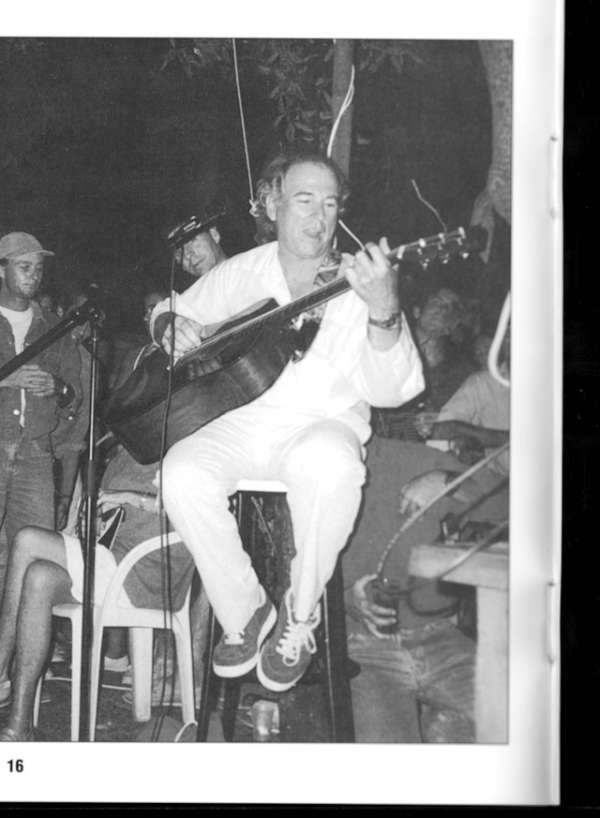
When hurricane Irma hit St Barths in September of 2017, Buffett pitched in to help, airlifting in relief supplies, and organizing a charity concert in Gustavia in December of 2017 to encourage tourists to come back to the island.
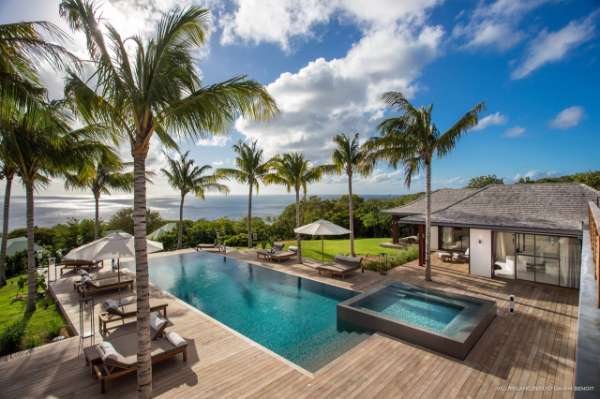
The increase in tourism in the 1980s led to increasing demand for accommodations for vacationers. Eden Rock Hotel was soon joined by small intimate family-run hotels like Isle de France (now Cheval Blanc), Le Toiny, Emeraude Plage, Les Islets, Taiwanna and the Carl Gustaf.
In the 1990s they were joined by the Guanahani and the Christopher. However, those hotels were all restricted by local zoning ordinances from being taller than a palm tree, so they generally had only 15-30 rooms each. See our insider guide to St Barts hotels.
The development of private villas (vacation homes) to be used mainly for vacation rentals became the primary source of accommodations for tourists. Today St Barts is home to approximately 500 luxury villas which are available for rent by the week, representing a total of about 2,000 bedrooms.
The growth in the number of villas in St Barts became a catalyst for the island’s economic growth as these vacation homes needed professional managers, landscapers, pool cleaners and housekeepers. The growth in villa rentals was accompanied by the establishment of professional villa rental marketing agencies.
WIMCO (the West Indies Management Company) was established on St Barts in 1983. It was the first villa rental agency to market villas in St Barts to the North American market and specialize in matching vacationers to villa that meets their specific needs.
Today the WIMCO office in St Barts across the street from the Gustaf III airport focuses on villa rentals, concierge services and real estate sales.
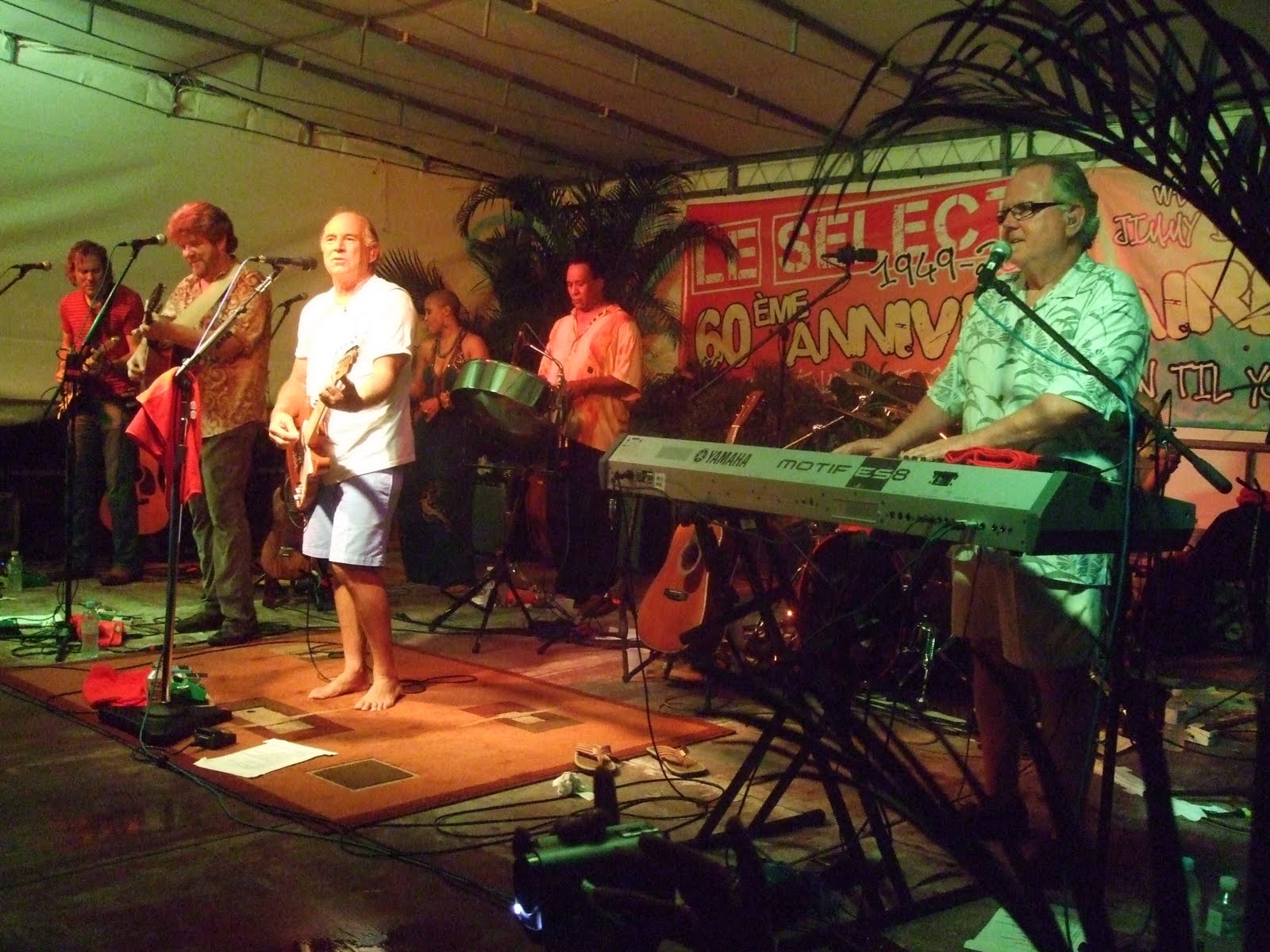
The enduring popularity of this 8-mile-long Caribbean island is largely based on two factors – the island’s stunning topography, and its food-centric French culture.
You’ll notice the importance of topography when you fly in. The island looks like a series of mountains rising out of the ocean, and only one small strip of land is flat enough to host a runway.
Long arms run down the sides of the mountains into the sea, forming a series of peninsulas and bays. This results in St Barts having 22 beaches, and several calm bays which have been protected as marine sanctuaries.
The French food culture hits you as soon as you step off the plane. The smell of fresh brewed espresso and croissants flowing out of the airport café.
The fresh baguettes sticking out of a moped’s basket as it speeds through town, the grocery stores (marché) overflowing with Brie, Camembert, Saussicon Sec and of course the finest wines from Bordeaux, Burgundy, Champagne and the Rhone.
In the modern era, St Barts has become known for its signature beach restaurants. An early hot spot was Le Layfayette Club on Grand Cul de Sac, known for its entrancing shady beachfront location, its fresh lobster, and its outrageous prices.
Today the top beach restaurants are revered gathering places for long and lively lunches. The top beach restaurants in St Barts today are Nikki Beach, Shellona, Pearl Beach, Lil Rock, Sand Bar and Toiny Beach Club.
At night, St Barts transforms into a Michelin starred culinary capital of the Caribbean. Fabled dining spots like Mayas, Bonito, Isola, Black Ginger, Ociela, Orega, La Guerite and Le Tamarin compete for a diner’s attention. So many choices, and not enough nights to enjoy each one! See all restaurants in St Barts.
St Barts retains the feeling today of a lively French village, with exceptional and uncrowded beaches, where you can find extraordinary foods and wines, and where it’s easy to get to know the locals.
As interest in visiting the island slowly built through the 1970s, it was clear that improvements needed to be made in local infrastructure to support tourism, most notably at the airport. Access to St Barts was facilitated by the construction of St. Barths' petite airport, Gustaf III in 1984.
Up to that point, the airstrip was a dirt road running through a former goat pasture, and the "terminal" was a small cottage with a single window for ticketing. The "departure lounge" was a bench under a shade tree.
The 1984 expansion of the airport resulted in a short concrete runway measuring only 2100 feet, fronted by a mountain at one end and St Jean beach at the other, Gastaf III airport can only accommodate propeller planes with 18 or fewer seats.
The short runway and surrounding mountains necessitate a rather dramatic and sudden decent when landing. If you search YouTube for "St Barts plane landing" you'll get a sense for how exciting it can be to arrive in St Barts!
Fun fact, one of the local airlines that service St Barts to St Martin route is called St Barth Commuter. Its owner is the former mayor, now president of St Barts, Bruno Magras. It is not uncommon to spot him sitting on a bench at the back of the airport, watching the planes come in.
After the turn of the 21st century, the governments on the islands of Saint Barthelemy and Saint Martin worked to gain further independence from the regional government in Guadeloupe and earn greater control over their budgets. Those efforts came to fruition.
With the adoption of a new status, and after a succession of milestones were achieved, St Barths became the Overseas Collectivity of Saint Barthelemy on July 15, 2007, and its first territorial council was elected. The 19 members of the council then elected Bruno Magras, former mayor of Gustavia, as the first president of the island council of St Barthelemy.
Another aspect of the island's allure may have something to do with the island's many monikers. While the official title of the island is Collectivite Territoriale de Saint-Barthelemy, the French, Brits and Americans have all created their own tweaks on nicknames for the island.
U.S. visitors prefer St. Barts, while those from France prefer St Barth, and the Brits prefer St. Barths. In some instances you will see an apostrophe is used. Where that came from is anyone's guess.
France's beloved pop icon, Johnny Hallyday, the Elvis of France, spent years vacationing at villa Jade in Marigot, named for one of his daughters. Before his passing in 2017, Hallyday was so taken with the island that one of his final wishes was to be buried in the cemetery in Lorient, close to his villa.
Like many islands in the Caribbean, St Barts has no doubt seen a few hurricanes pass over it in the last few centuries. In the modern era, two storms have left their mark on St Barts. In 1995 hurricane Luis hit the island, and in 2017, a season famous for its destructiveness, hurricane Irma hit the island directly.
Unlike several neighboring islands, St. Barths made a speedy recovery from Irma. The private villas that provide most tourist accommodations on the island were largely all back online and ready to accept guests within 3 months.
Please fill out the form below and we will get in touch with you as soon as possible.